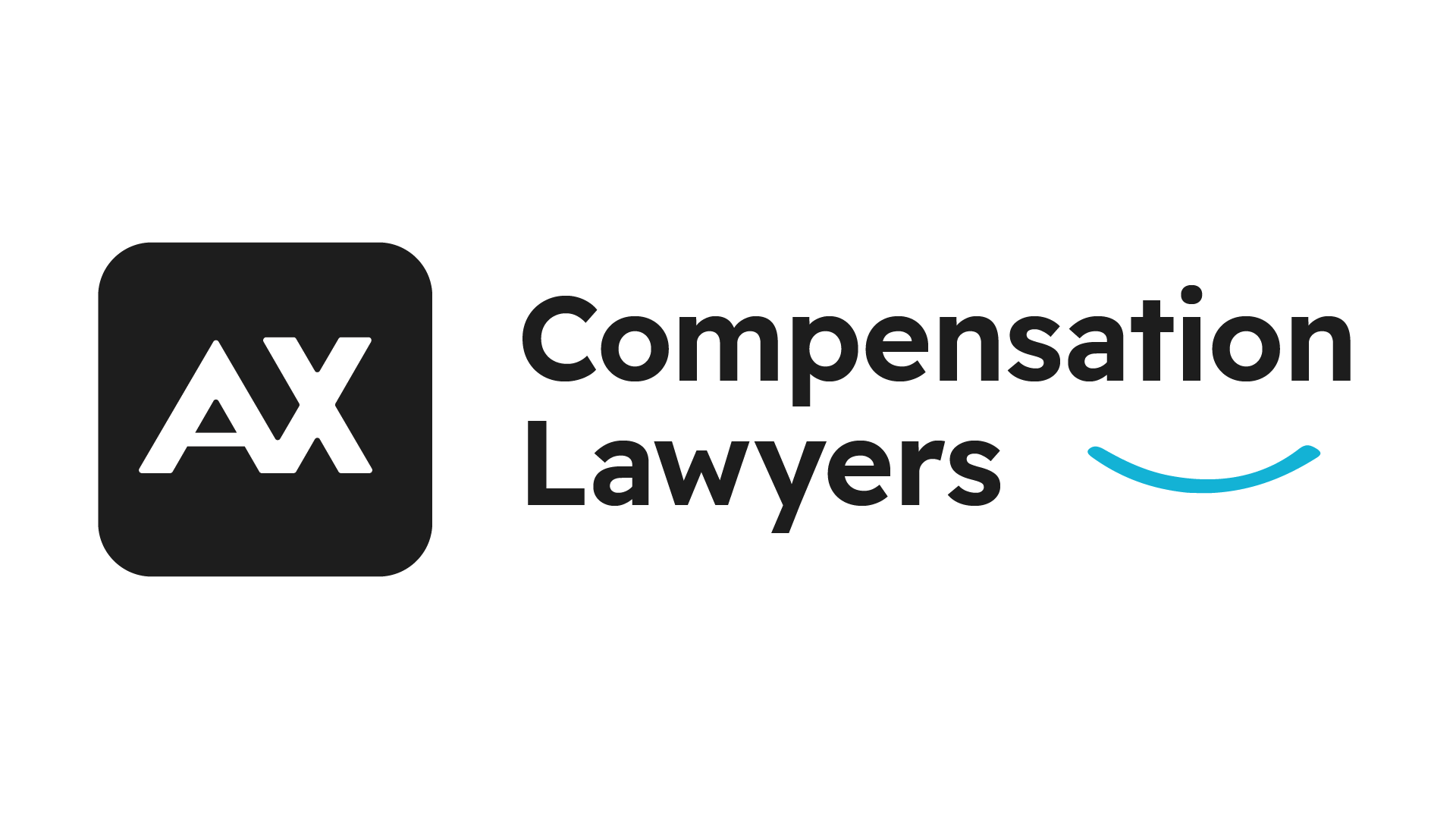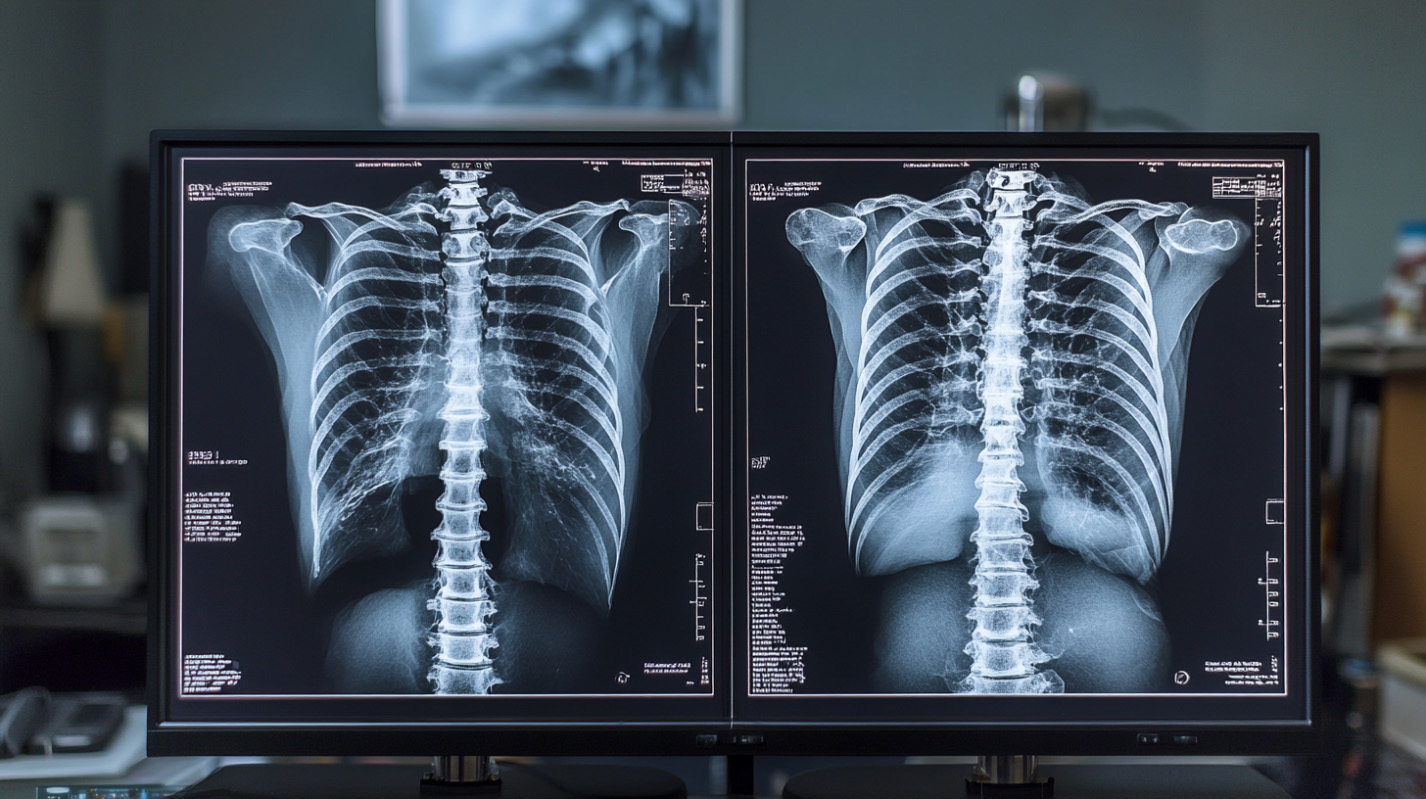Can Pre-Existing Injuries Affect Your Personal Injury Claim?
By Blayde Hemmings, Principle, AX Compensation Lawyers – 10th March 2025
Having spent over 10 years in the personal injury legal sector, I’m often asked how a pre-existing condition might affect someone’s injury or accident claim. Below, we’ll explore some key legal principles from landmark cases to clarify how damages (financial compensation) are determined in situations where a prior medical issue is involved.
Assessing Damages In Personal Injury Cases: Key Legal Principles
In the realm of personal injury law, the assessment of damages is a critical and often complex process, particularly when pre-existing conditions and future probabilities come into play. Several landmark cases have established important tests and principles that guide courts in determining appropriate compensation. Notably, the cases of Watts v Rake (1960) 108 CLR 158, Purkess v Crittenden (1965) 114 CLR 164, Malec v JC Hutton Pty Ltd (1990) 169 CLR 638, and McQuitty v Midgley & Anor [2016] QSC 36 have each made significant contributions to this area of law.

1. The Burden of Proof: Watts v Rake (1960) 108 CLR 158
The case of Watts v Rake set a foundational principle in assessing damages for personal injuries. The High Court of Australia held that the defendant bears the burden of proving that the plaintiff’s pre-existing condition would have inevitably caused the same level of incapacity and suffering, irrespective of the defendant’s actions. This principle ensures that plaintiffs are entitled to full compensation unless the defendant can demonstrate that the pre-existing condition would have resulted in the same level of harm independently of the injury caused by the defendant. This places a significant evidential burden on defendants to clearly establish the impact of pre-existing conditions.
Why This Matters for Your Claim
If you had a medical condition prior to the incident, it’s up to the defendant to present admissible evidence that it would have led to your current injury or impairment.
2. Specific Evidence Required: Purkess v Crittenden (1965) 114 CLR 164
Building upon the principles established in Watts v Rake, the case of Purkess v Crittenden further clarified the evidential requirements for defendants. The High Court emphasized that defendants must provide specific and clear evidence regarding the extent to which the plaintiff’s pre-existing condition would have affected them in the future. If the defendant can show that the pre-existing condition would have inevitably led to the same or similar harm, the damages awarded to the plaintiff should be adjusted accordingly. This case underscores the necessity for detailed and precise evidence when arguing the impact of pre-existing conditions.
Why This Matters for Your Claim
The defendant cannot simply make assertions about the impacts of your pre-existing injuries, they must provide detailed and precise evidence.
3. Dealing With Future Probabilities: Malec v JC Hutton Pty Ltd (1990) 169 CLR 638
In Malec v JC Hutton Pty Ltd, the High Court addressed the assessment of damages in the context of future uncertainties and probabilities. The Court held that damages should be assessed based on the probabilities, taking into account all relevant factors, rather than requiring certainty. For example, if there is a 30% chance that a pre-existing condition would have caused future harm, the damages should reflect that 30% probability. This approach allows for a more nuanced and realistic evaluation of future losses, accommodating the inherent uncertainties in predicting future events.
Why This Matters for Your Claim
Even if your condition could have worsened on its own, you’re still entitled to damages for any additional harm the defendant caused.
4. Reinforcing These Principles: McQuitty v Midgley & Anor [2016] QSC 36
The principles established in the aforementioned cases were applied and reinforced in the Queensland Supreme Court case of McQuitty v Midgley & Anor. This case focused on the assessment of damages where there are pre-existing conditions and uncertainties about future harm. The Court reiterated the importance of considering the probabilities and uncertainties of future events, including the potential impact of pre-existing conditions. The decision confirmed that damages should be adjusted to reflect the likelihood of various future scenarios, rather than requiring absolute certainty.
Why This Matters for Your Claim
Courts examine all relevant evidence concerning how your condition was likely to progress over time.
5. The “Egg-Shell Skull” Rule
Under this rule, the defendant cannot escape liability for the injury simply because the victim had an “egg shell skull” or any other pre-existing condition that exacerbated the harm. The critical point is that the defendant’s actions caused the injury, and they are liable for the injury’s full extent, regardless of the victim’s fragility.
Why This Matters for Your Claim
The “egg shell skull” rule ensures that defendants are held accountable for the full scope of harm caused by their negligent actions, taking into account the actual physical condition of the victim, rather than a hypothetical “average” person.
Conclusion
The cases of Watts v Rake and Purkess v Crittenden emphasize the burden of proof on defendants to clearly demonstrate the impact of a pre-existing condition on the plaintiff’s future. Malec v JC Hutton Pty Ltd introduces the concept of assessing damages based on probabilities, allowing for a more flexible and realistic evaluation of future uncertainties. Finally, McQuitty v Midgley & Anor applies and reinforces these principles, confirming the approach of assessing damages based on the likelihood of future events and the potential impact of pre-existing conditions. Together with the egg-shell skull rule, these cases provide a comprehensive framework for the fair and accurate assessment of damages in personal injury cases.
If you’re concerned about how pre-existing conditions could influence your injury or accident claim, feel free to reach out to me at AX Compensation Lawyers. With over a decade of experience in personal injury law, I can help evaluate your circumstances and guide you through the compensation process.
Disclaimer: This information is for general guidance only. For specific advice tailored to your situation, please consult a qualified legal professional.


